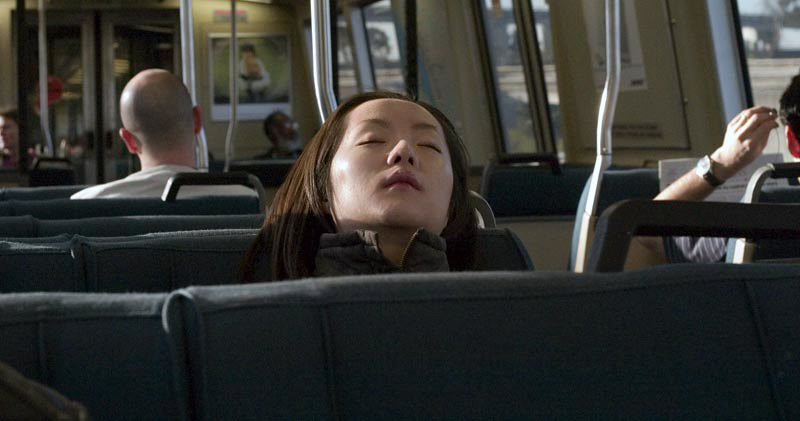Sleep-wake disorders
and virtual reality

Sleep-wake disorders encompass 10 disorders or disorder groups: insomnia disorder, hypersomnolence disorder… Individuals with these disorders typically present with sleep-wake complaints of dissatisfaction regarding the quality, timing, and amount of sleep. Resulting daytime distress and impairment are core features shared by all of these sleep-wake disorders.(APA, 1994). Sleep disorders are often accompanied by depression, anxiety, and cognitive changes that must be addressed in treatment planning and management. Furthermore, persistent sleep disturbances (both insomnia and excessive sleepiness) are established risk factors for the subsequent development of mental illnesses and substance use disorders. They may also represent a prodromal expression of an episode of mental illness, allowing the possibility of early intervention to preempt or to attenuate a full-blown episode (APA, 2013).
This manual describes different Psious tools designed to help healthcare professionals on assessment and treatment in sleep-wake disorders and more specifically for insomnia disorder. The essential feature of insomnia disorder is dissatisfaction with sleep quantity or quality with complaints of difficulty initiating or maintaining sleep. The sleep complaints are accompanied by clinically significant distress or impairment in social, occupational, or other important areas of functioning (APA, 2013). Insomnia is the most prevalent sleep disorder, affecting 10–15% of the adult population1 and 19–44% of primary care patients worldwide (Davidson et al., 2019)
Cognitive behavioral therapy for insomnia (CBT-I) has structured programs that help the patients to identify and replace thoughts and behaviors that cause or worsen sleep problems with habits that promote sound sleep. Nine systematic reviews or meta-analyses of CBT have been published in the past 15 years ( for example: Johnson, et al., 2016, Sandlund et al., 2017 and Wong et al., 2017). To take two examples, the American Academy of Sleep Medicine [AASM (formerly the American Sleep Disorders Association of Sleep)] task force reports (1999 and 2006) comprised 85 clinical trials (4,194 participants), and indicated that CBT was associated with im- provement in 70% of patients, that was sustained at least 6 months post-treatment (Espie, C. A., 2009).
Virtual Reality Psious tools are useful for CBT-I interventions. Different psychological techniques are the evidence base for insomnia: Relaxation training (Yüksel, D., et al. 2009), Sleep environment improvement, Sleep restriction, Sleep hygiene, Meditation, Mindfulness … Once the evaluation is done the healthcare professional adjusts, according to the needs of your patient, the virtual tools to the therapeutic goals.